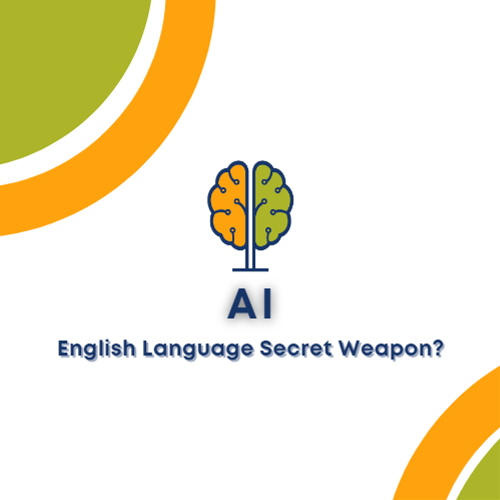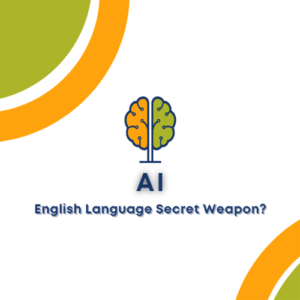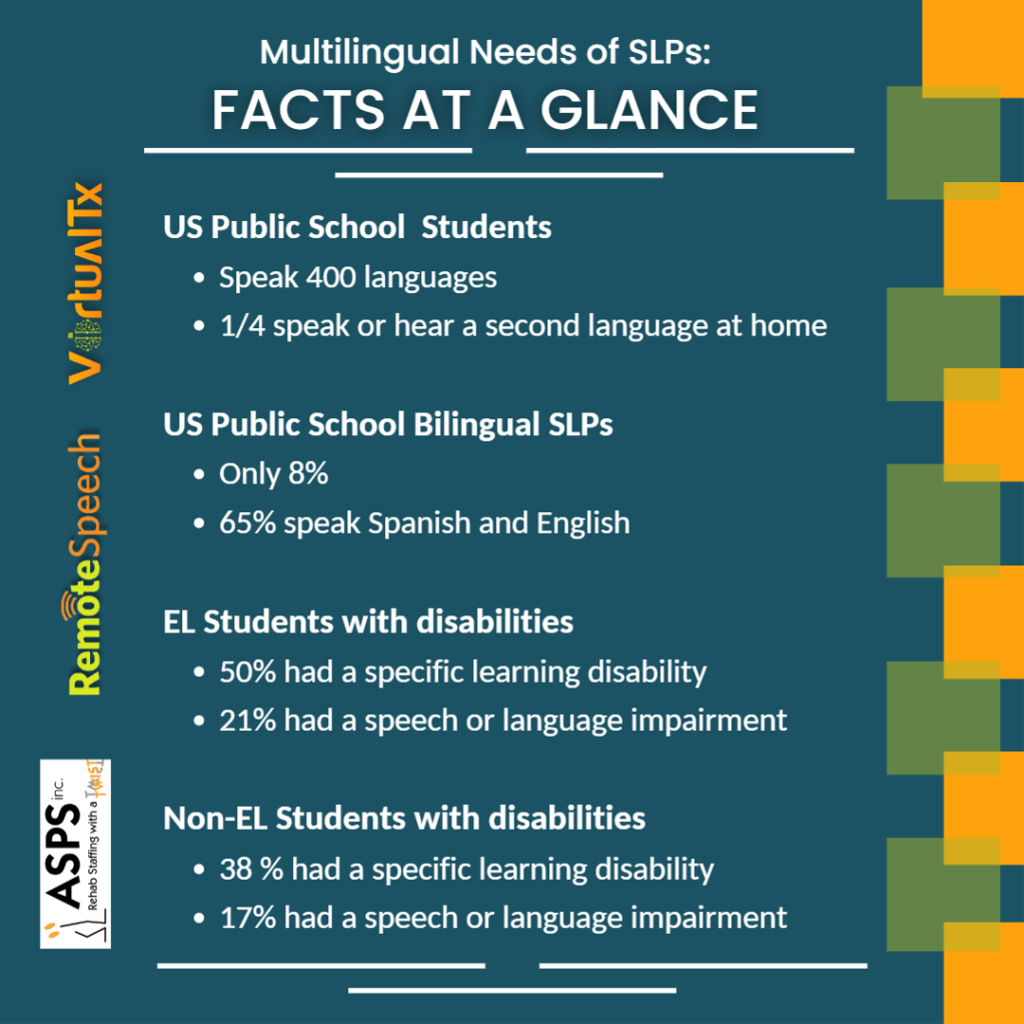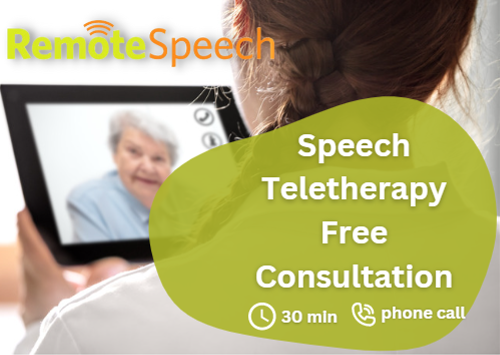
20
Feb
AI – English Language Secret Weapon?
 In a world of cultural diversity, language opens- and closes- many doors. According to the Department of Education, over 400 distinct languages are spoken in US public schools. Our halls are filled with students who speak Spanish, Arabic, Chinese, Vietnamese and scores of lesser-known languages. These students come to school and manage to read, write and converse in English at varying levels. Yet, most classrooms are unable to adequately address the needs of these multi-lingual learners. And what happens when that non-English Language (EL) student also needs additional services- such as speech and language support?
These needs are not easy to address as there is a dearth of bilingual SLPs. Just over 8.2% of ASHA-certified SLPs are bilingual, and of that small percentage, the majority (66.5%) speak only Spanish and English, according to 2021 ASHA data on multilingual speech-language services. When therapists cannot easily converse with their students, it is difficult to make a strong relational bond to start. Additionally, even when a bilingual educator is able to present materials in a second language, it is often lacking the contextual nuances of dialect, shades of meaning and so on. This challenge does not have an easy fix. It is not likely that we will ever be able to meet the language needs of each student due to time, money and geographic constraints.
Making this an even more critical issue is the fact that among EL learners with disabilities, 50% are identified as having a specific learning disability compared to their non-EL counterparts (38%). Is this a true number? Or are we unable to correctly identify these students because we are lacking a way to communicate with them?
What is the answer? Could it be AI? The potential of AI- driven technology has exploded. If ChatGPT can write papers for college students in an instant, what can it do in the field of Speech Language Pathology? English Language instruction? ASHA members are involved in exciting research every day. Current technologies make it possible to engage with non-EL students with apps and digital materials. But what is next? Will future back to school nights include a meet and greet with a language robot? Will avatars lead small groups of elementary students through articulation lessons? This seems unlikely in the near future. But will SLPs have virtual “assistants” that bridge the language gap and help build communication bridges? That seems more possible every day!
In a world of cultural diversity, language opens- and closes- many doors. According to the Department of Education, over 400 distinct languages are spoken in US public schools. Our halls are filled with students who speak Spanish, Arabic, Chinese, Vietnamese and scores of lesser-known languages. These students come to school and manage to read, write and converse in English at varying levels. Yet, most classrooms are unable to adequately address the needs of these multi-lingual learners. And what happens when that non-English Language (EL) student also needs additional services- such as speech and language support?
These needs are not easy to address as there is a dearth of bilingual SLPs. Just over 8.2% of ASHA-certified SLPs are bilingual, and of that small percentage, the majority (66.5%) speak only Spanish and English, according to 2021 ASHA data on multilingual speech-language services. When therapists cannot easily converse with their students, it is difficult to make a strong relational bond to start. Additionally, even when a bilingual educator is able to present materials in a second language, it is often lacking the contextual nuances of dialect, shades of meaning and so on. This challenge does not have an easy fix. It is not likely that we will ever be able to meet the language needs of each student due to time, money and geographic constraints.
Making this an even more critical issue is the fact that among EL learners with disabilities, 50% are identified as having a specific learning disability compared to their non-EL counterparts (38%). Is this a true number? Or are we unable to correctly identify these students because we are lacking a way to communicate with them?
What is the answer? Could it be AI? The potential of AI- driven technology has exploded. If ChatGPT can write papers for college students in an instant, what can it do in the field of Speech Language Pathology? English Language instruction? ASHA members are involved in exciting research every day. Current technologies make it possible to engage with non-EL students with apps and digital materials. But what is next? Will future back to school nights include a meet and greet with a language robot? Will avatars lead small groups of elementary students through articulation lessons? This seems unlikely in the near future. But will SLPs have virtual “assistants” that bridge the language gap and help build communication bridges? That seems more possible every day!
 ***
***
 At Remote Speech Inc and Abington Speech Inc, we are first and foremost clinicians. As we negotiate contracts and fill jobs posts, we do so with a therapist’s interests in mind. We strive to create relationships where clients and therapists are mutually rewarded and supported. Learn more at www.remotespeech.com and follow us on our various social media channels. Together, we can make a difference!
Click here to schedule a complimentary consultation with an Executive Member of our Team.
At Remote Speech Inc and Abington Speech Inc, we are first and foremost clinicians. As we negotiate contracts and fill jobs posts, we do so with a therapist’s interests in mind. We strive to create relationships where clients and therapists are mutually rewarded and supported. Learn more at www.remotespeech.com and follow us on our various social media channels. Together, we can make a difference!
Click here to schedule a complimentary consultation with an Executive Member of our Team.





